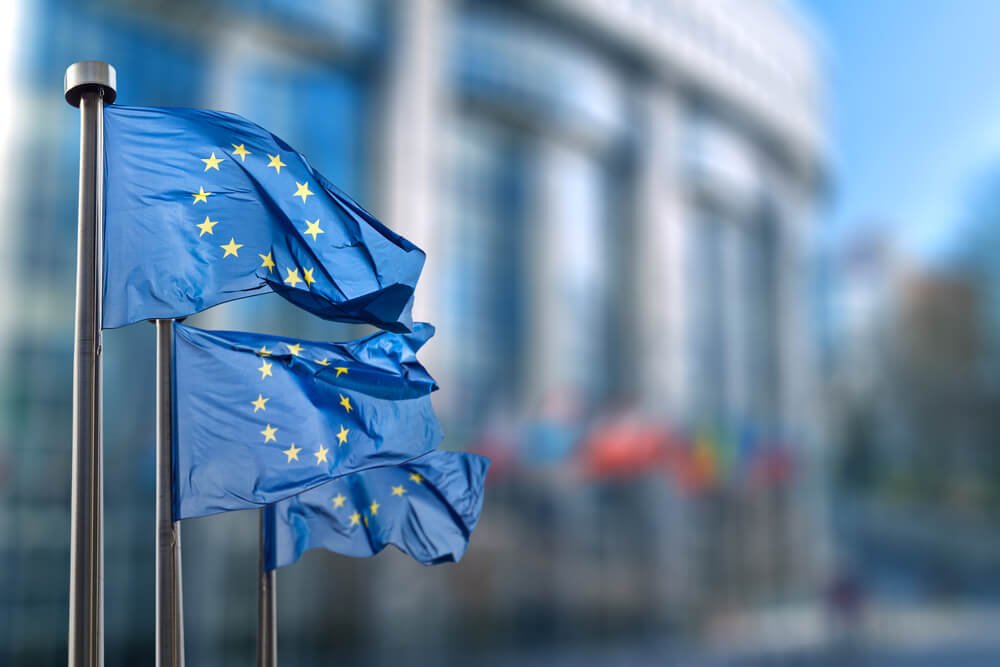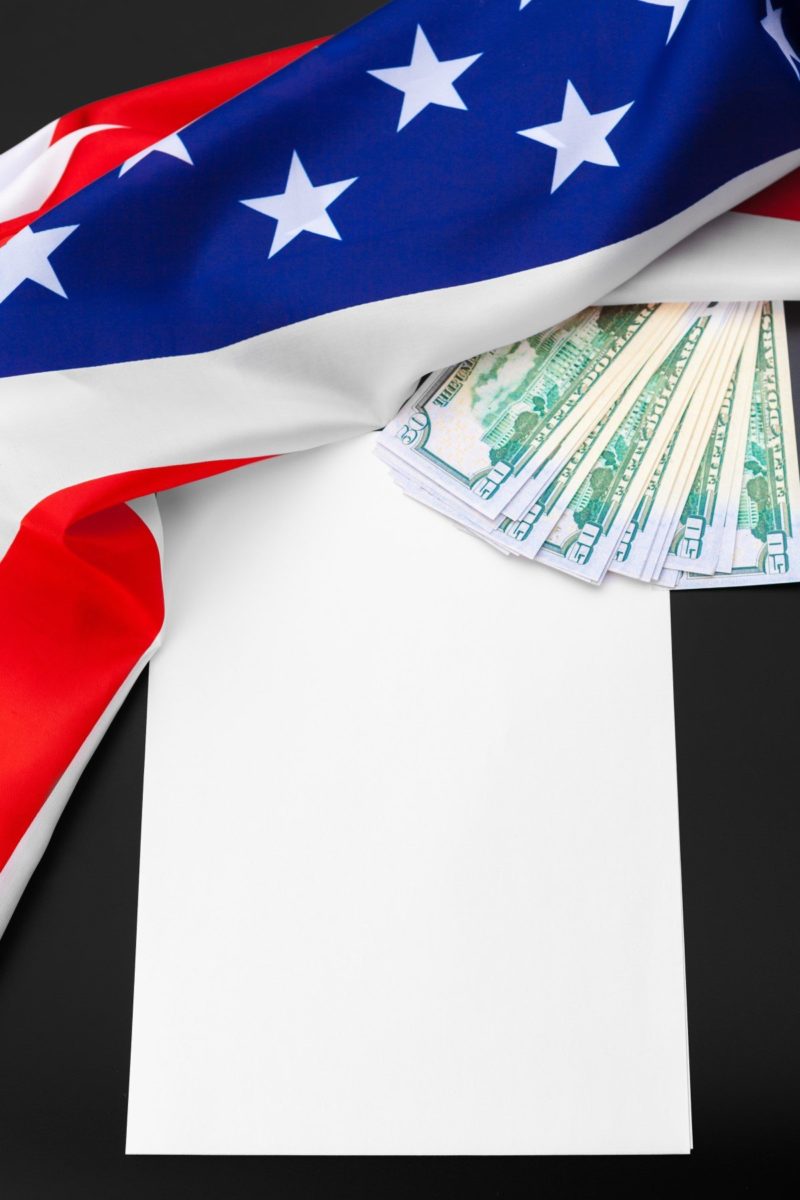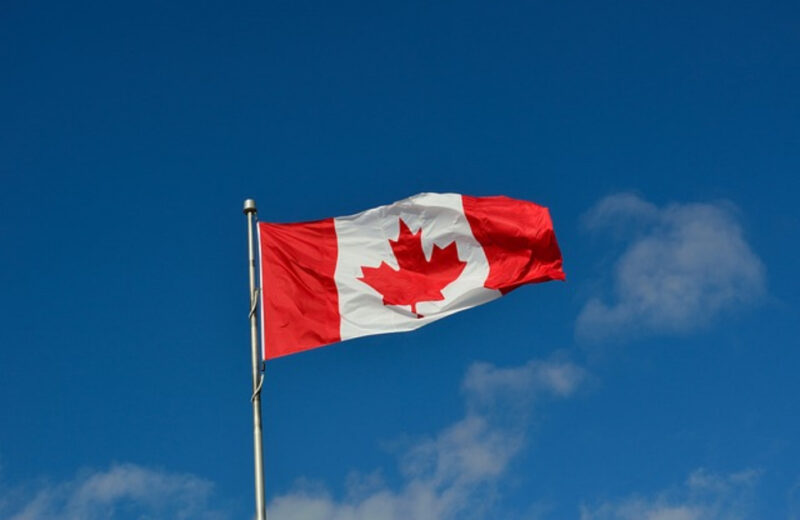There were almost five days of fraught discussions in the EU. After that, European leaders agreed to create an $858 billion (750 billion euros) recovery fund. This is for rebuilding European Union economies which have ravaged by the coronavirus crisis.
The European Commission will borrow the money on financial markets. Afterward, it will distribute just under half of $446 billion (390 billion euros). Thus, grants will go to the hardest-hit European Union states. The rest will go as loans. Moreover, leaders agreed to a new European Union budget of nearly $1.3 trillion (1.1 trillion euros) for 2021-2027, creating a combined spending power of about $2 trillion (1.8 trillion euros).
In a joint declaration, the European Union leaders said that it is a comprehensive and ambitious package. Moreover, the package combines the classical budget with an extraordinary recovery effort. This can tackle the effects of an unprecedented crisis in the best interest of the European Union.
The deal has paid attention to providing financial help across three pillars: investing to help protect against “future crises”, assisting businesses to rebound from the pandemic, and rolling out new measures to reform economies over the long haul. This came out after days of fractious talks and deadlock that were described as some of the most bitterly divides in years.
Charles Michel is the European Council President. He said on Tuesday, at a press conference, that they have done it. Europe is united, and Europe is strong. He added that it is a big deal, and it is a good deal. Most importantly, he said that it is the right deal for Europe right now.
European Union Agreement
Michel said that it is the first time that the members of the European Union are jointly combining their economies against the crisis.
The pandemic triggered a savage recession. The European Union is battling with it. The hardest-hit countries, such as Spain and Italy, urgently need fresh economic relief.
Moreover, earlier this month, the European Commission said that it forecast the European Union economy would shrink in 2020 by 8.3%. This is worse than the slump of 7.4% predicted two months ago.
Deep divisions over the overall size of the recovery fund thwarted an agreement before Tuesday. There was also an argument about the mix of loans and grants and what sort of conditions should be part of the stimulus.
During the last few days, there had been bitter rows over some of the terms of the deal. They finally agreed on a deal just hours after Michel had presented a new proposal to political leaders on Monday.
The original proposal of the European Commission was to distribute $573 billion (500 billion euros) via grants. Meanwhile, the $286 billion (250 billion euros) would have been offered as loans. Nevertheless, during the summit, the volume of donations had been vehemently contested. The “Frugal Four” countries are Sweden, Austria, Denmark, and the Netherlands. They were worried that it burdens their countries with debt to fund the spending of other governments.
Using grants would have required net contributors to the European Union budget, including ‘frugal four,’ to pay in more.
All in all, the new agreement means that the European Union will become a primary borrower.















